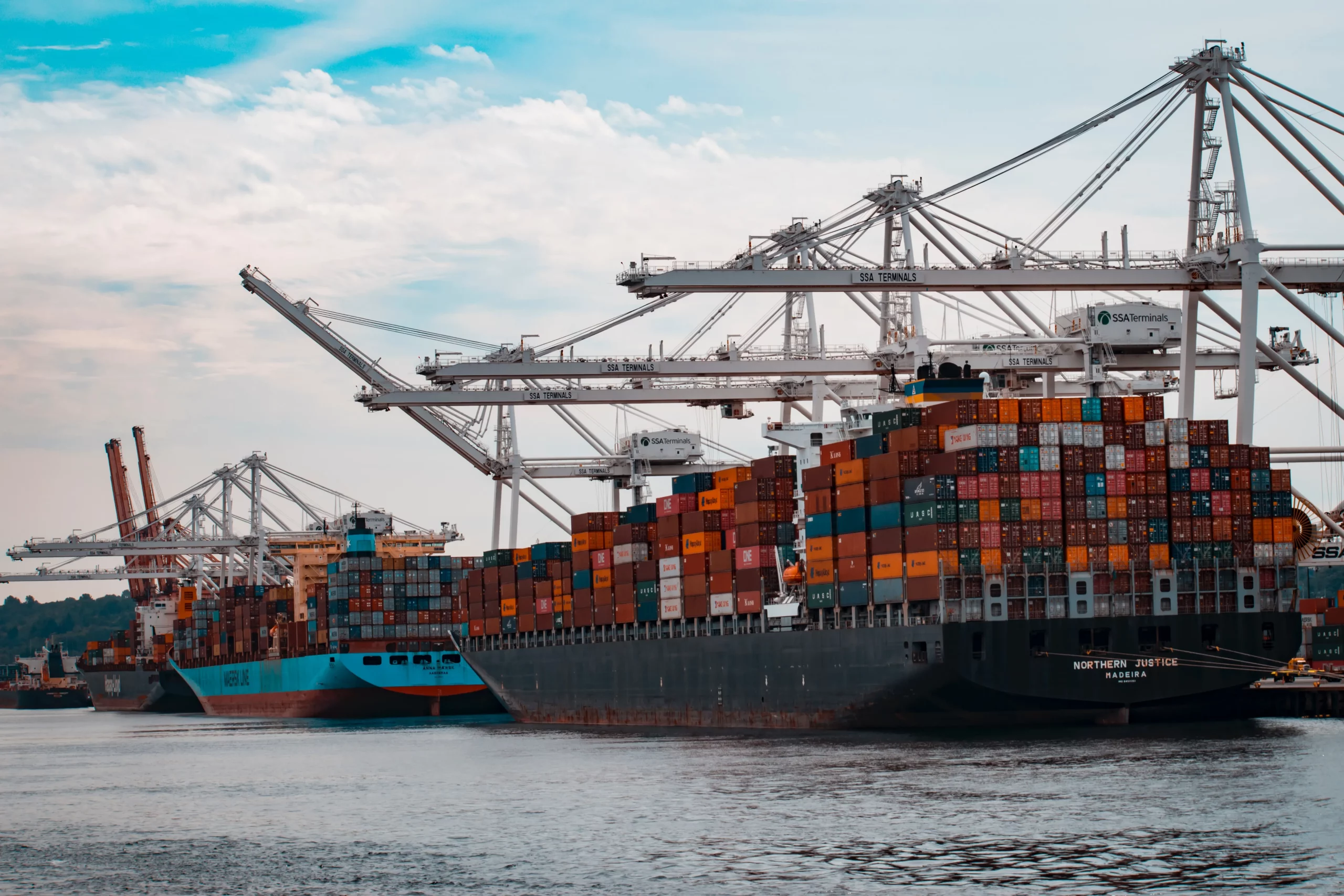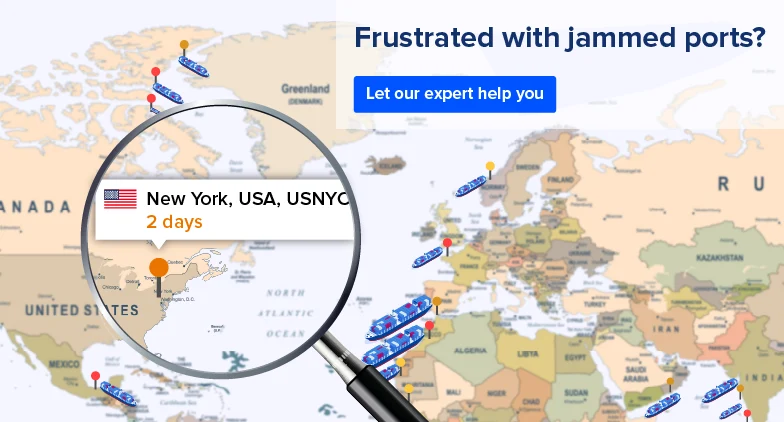Top 10 Essential Ports in the United Kingdom: Gateways to Commerce and Trade
The United Kingdom has a rich maritime history and some of the busiest ports in Europe. As an island nation, ports serve as essential gateways for both imports and exports, connecting the UK with global trade networks. In this blog post, we’ll explore the top 10 ports in the UK and the vital role they play in the country’s economy.
Introduction to the United Kingdom’s Maritime Trade
The UK has always been a major maritime trading nation. Its ports directly contribute £7.6 billion annually to the economy and support 119,000 jobs. Total seaborne trade was valued at £503 billion in 2019 alone. The UK is also the 9th largest shipping fleet globally in terms of deadweight tonnage.
With some key advantages like prime geographic location, modern port infrastructure, and proximity to mainland Europe, it’s no wonder UK ports handle immense volumes of cargo. They serve as crucial links for the country’s international trade and have a big impact on economic growth.
The Role of Ports in the UK’s Economy
UK ports are the gateway for 95% of the country’s international trade in goods by volume. They handle imports like oil, food products, consumer goods as well as exports ranging from manufactured items to chemicals. Ports also serve the domestic movement of products between regions.
Efficient port operations are vital for businesses to maintain supply chains and ensure timely delivery of goods to customers. They’re also essential for achieving government trade policies and economic goals. No wonder ports are considered drivers of local and regional prosperity.
Overview of the United Kingdom’s Maritime Infrastructure
The UK has over 120 active ports ranging from major gateways to smaller regional facilities. Only a fraction of them handle international cargo though. The top 10 ports account for over 60% of total freight traffic. Other than cargo, ports also deal with passenger ferries and cruise liners.
There’s a good mix of privately owned and municipal ports. Some function as landlord ports while others directly manage port operations. The UK also has a strong maritime services sector from shipbuilding to logistics companies. Government agencies like the Department for Transport and the Maritime and Coastguard Agency regulate the industry.
Now let’s explore the 10 linchpins of the UK’s maritime trade infrastructure:
Top 10 Ports in the United Kingdom
Port of Felixstowe, Suffolk, UK
The Port of Felixstowe is the busiest container port in the UK. It Felixstowe handles over 4 million TEUs annually ranking 15th in Europe. Operated by Hutchison Port Holdings, it has excellent rail and road links to transport containers to the Midlands and the North of UK. Felixstowe is a major logistics hub for imports like clothing & footwear, white goods, paper products and handles vessel calls from the Far East and Asia.
Port of Southampton, Hampshire, UK
Known for its extensive automotive and cruise shipping facilities, the Port of Southampton is one of Europe’s most advanced vehicle handling facilities. It has dedicated terminals for manufacturers like Jaguar Land Rover handling 500,000 vehicles annually. It is also a major turnaround port for cruise ships serving over 2 million passengers yearly. Annual freight traffic is over 40 million tonnes driven by its proximity to London and the Midlands.
Port of London, UK
The Port of London is a vast 95-mile tidal port located on the Thames and consists of over 70 independently operated terminals. From containers to dry bulks, project cargo to refrigerated goods, almost anything finds its way through London which handles 45 million tonnes of cargo annually. Key imports include fossil fuels, metals, vehicles parts and sugar.
Port of Liverpool, Merseyside, UK
A gateway for transatlantic trade, the Port of Liverpool has a storied history and remains crucial for international commerce, particularly with the Americas. Liverpool’s deep water facilities can accommodate modern mega-ships. It is ranked the UK’s no. 1 transatlantic container port and also handles grain, steel products and large volumes of animal feed. Irish Sea freight corridors drive 60% of its traffic. Improvement projects worth £400 million are currently underway highlighting growth plans.
Port of Immingham, Lincolnshire, UK
As the largest port by tonnage in the UK, the Port of Immingham plays a significant role in the country’s trade, particularly in bulk commodities and energy products. It has the distinction for being the largest port by tonnage in the UK. It handles 55 million tonnes of cargo per year including oil, chemicals, steel, forest products, and more. The port has its own rail terminal shuttling over 30 freight trains daily and extensive covered storage areas. Owned by Associated British Ports, Immingham is one of the most important energy hubs in the UK.
Port of Dover, Kent, UK
The Port of Dover is Europe’s busiest ferry port with frequent cross-channel services to Calais and Dunkirk. Over 10 million passengers use the port every year. Dover also provides cargo services for trade with Europe and houses the Channel Tunnel terminal bridging UK and France. Major redevelopment plans worth £250 million have been drawn up projecting a 40% capacity increase.
Port of Grimsby, Lincolnshire, UK
The Port of Grimsby is a leading port for car imports with dedicated terminals for brands like Volkswagen, Toyota and Suzuki handling over 700,000 vehicles annually. It also handles over 1 million tonnes of wind energy equipment playing a key role in offshore renewable projects. The port is actively reinventing itself as an offshore energy hub.
Port of Milford Haven, Wales, UK
The Port of Milford Haven is the largest energy port in the UK providing facilities for oil, LPG, and liquefied natural gas terminals. It receives over a third of the UK’s liquid fuel requirement supplying the country’s aviation and motoring needs and will continue to maintain its strategic importance as the country transitions to clean energy.
Port of Bristol, UK
The Port of Bristol is one of the most diverse ports in the UK, and can handle containers, bulk cargo, livestock, vehicles, and more. With expansion plans underway, Bristol aims to remain the no.1 car handling port while also growing its container volumes capitalizing on its location and connectivity.
Port of Tees and Hartlepool, UK
The port of Tees and Hartlepool is a thriving northeastern port hub and handles over 35 million tonnes of cargo. Tees and Hartlepool boast extensive bulk handling and storage facilities for steel, forestry products and key sectors like chemicals and renewable energy. It aims to support the government’s green industrial revolution through clean fuel projects.
Economic Impact of Major UK Ports
UK ports contribute significantly not just through freight activities but also by boosting tourism via cruise liners and providing employment. Research indicates that the total value added by ports to the UK economy was approximately £14.8 billion in 2019. Factoring ancillary sectors, the ocean economy’s GDP contribution is estimated to be over £50 billion annually.
Most large ports are engaged in expansion works and adopting new technologies like automation to boost capacities and drive future growth. Government initiatives aimed at growing maritime trade like the establishment of free ports will also enhance the strategic importance and economic footprint of UK’s ports in the long run.
Brexit Impact on Port Traffic
Brexit trade policies have impacted UK port volumes although the extent varies. While Southampton and Dover witnessed dips initially, container ports like Felixstowe have shown growth trends pointing to a reorientation of major East-West trade lines. Port chiefs are working closely with customs authorities to minimize border delays through digital initiatives and capacity enhancements.
Key Port Developments to Watch
- Over £1 billion investment earmarked for Scotland’s ports including new facilities at Aberdeen and Peterhead to tap opportunities in energy and decommissioning.
- South Wales ports expected to handle floating offshore wind projects boosted by Celtic Sea leasing round.
- Teesport eyeing major capacity addition through its new £300 million quay which can handle next-gen environmentally-friendly vessels.
Conclusion
The Future of Maritime Trade in the United Kingdom
UK ports have so far shown resilience and the ability to adapt to changing tides. They will continue to be the beating heart of Britain’s global maritime trade. Technology and green energy are emerging sectors ports are aligning themselves with as well.
While the horizon promises more prosperity, potential challenges like Growing competition, geopolitical issues, and the drive towards decarbonization will need astute navigation in times ahead. Nevertheless, UK port authorities are optimistic and all stakeholders are working steadfastly to ensure they remain at the forefront of facilitating global maritime commerce now and in the future.

